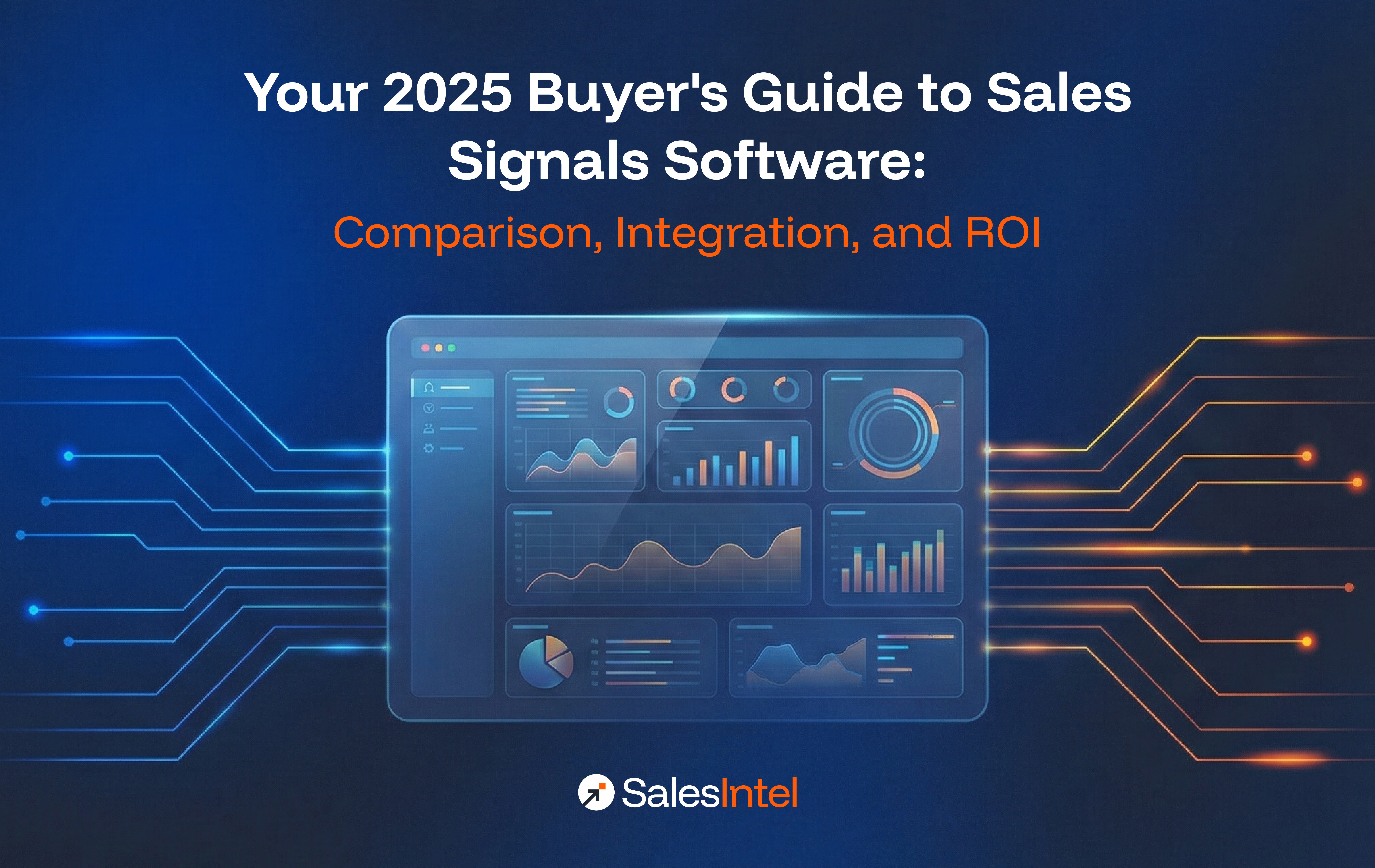Salespeople, when successful, are nothing short of alchemists. Call it art or science (or maybe a mix of both) but they have the rare capability to create gold out of ordinary leads. After all, as the anecdotes go, “a good salesman can sell a mirror to the blind”. Yet, such anecdotes rarely apply in the B2B sphere.
B2B sales take a lot more than some quirky lines and a smile.
With buying centers consisting of 5-7 people and a sales cycle stretching months, it’s an entirely different ball game that requires exhaustive research, right b2b sales strategy, a lot of patience, and above all, the right temperament.
With that in mind, here are some of the secrets to succeeding in B2B sales:
Listen Before You Speak
Salespeople are known to be excellent communicators, but in the rush to push their products. Many of them fail to recognize that listening is equally, if not the dominant part of communication.
The term “listen” here refers to gathering all the requisite information about your clients before you offer a proposal. Not what you were expecting? Yes, listening to their pain points and repeating them back accurately on a call is a good skill to have.
Yet, you’ll get so much more from conversations if you’ve listened to local and business news, watched the industry trends, and above all, done extensive research on your clients before you even pick up the phone or shoot an email.
Yes, acquiring such detailed information takes time and resources but is essential if you want your outreach to be effective. There is an easier solution for acquiring that information, but we’ll add more on that later.
Offer a Solution
Once you know who you are dealing with, understand their problems and constraints, it’s time to reach out with a solution. And don’t just pick up the phone and say “Hi, I am Jane calling from XYZ and we believe our product can be useful for your problems in the production line” due to two reasons:
- Managers and execs are so used to such outreaches that they often ignore them.
- It doesn’t reflect the efforts you have already put in the research
So start with something like “Hi, I am Jane from XYZ and we realize that you are facing {list out specific problems} some issues with your production line. If you can tell me more about it, I believe we might have a solution”. This clearly reflects that it isn’t just a cold call but has a lot of research behind it and by extension, is more likely to get the attention of your prospects.
Don’t Sell Products, Sell Stories
Despite the methodical and calculative nature of B2B sales, it still isn’t immune from cognitive biases. After all, the buying center consists of humans and humans are known to make decisions more based on emotions than hard facts.
So if you can tap into the emotional part of their story you can use this inclination to your advantage.
There is a reason car ads don’t say much about engine capacity or Coke-a-Cola ads doesn’t talk about its ingredients; they focus on the experience. They tell a story of how this product would make you feel awesome. You can use similar tactics with your buying center.
Leave technical details and statistics to files; those interested can read it. When communicating with your prospects, tell stories on how your solution would help their business improve the power of joint synergy.
Painting a vision where they can see your solution as an integral component for sustained growth is more impactful than just a list of features.
Engage, Not Push
Salespeople have a reputation for being pushy. To be fair, persistence is one of the core requisites of being a successful sales professional, but you must recognize the difference between engaging a prospect and pushing them.
Continuing to call or email a client after they have explicitly told you not to, isn’t going to take you anywhere. You’re just going to tick them off. On the other hand, if a prospect has shown interest, but is reluctant at the decision-making stage, you might take the liberty of being a little more persuasive.
It’s Okay to Say NO
Not every lead will convert into an opportunity and not every opportunity is worth having.
Every once in a while, a salesperson comes across a prospect who is more trouble than the value they bring. It may be some extraordinary request or they might be taking inordinate time to make a decision, it’s okay to say no.
Contrary to popular belief, a salesperson should always be willing to walk away from the table if they don’t find the opportunity to be worth their time and effort.
Have the Right Tools
This is something that runs parallel to all other tips discussed above. Unless you have the best sales tools, there is no way you can effectively manage dozens of accounts you might be handling at a time.
Additionally, as discussed above, researching details of your target accounts is often an exhaustive and time-consuming task that is known to bring down productivity. You can take help of social media management platform
In such cases, platforms like SalesIntel can be deployed to acquire all the requisite information including contact details, technographic, firmographic, and intent data to enable sales professionals to get straight to the selling part.
If you aren’t sure how such solutions would integrate into your sales funnel, request a demo now to get started.





